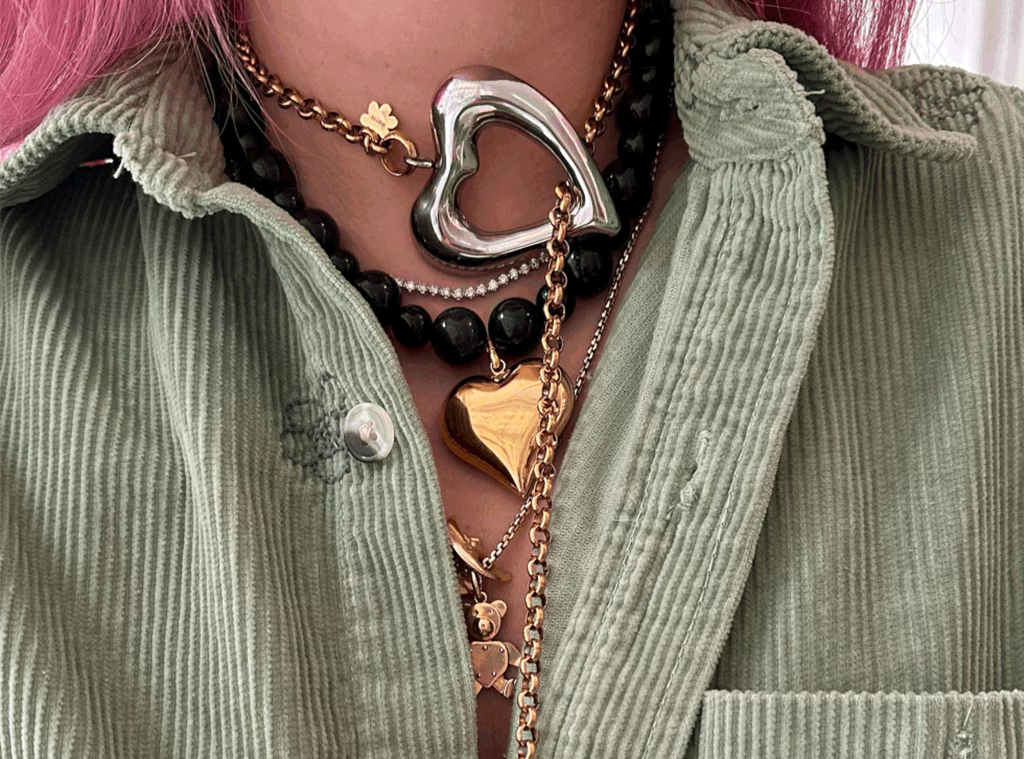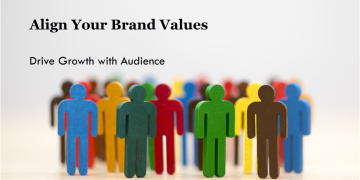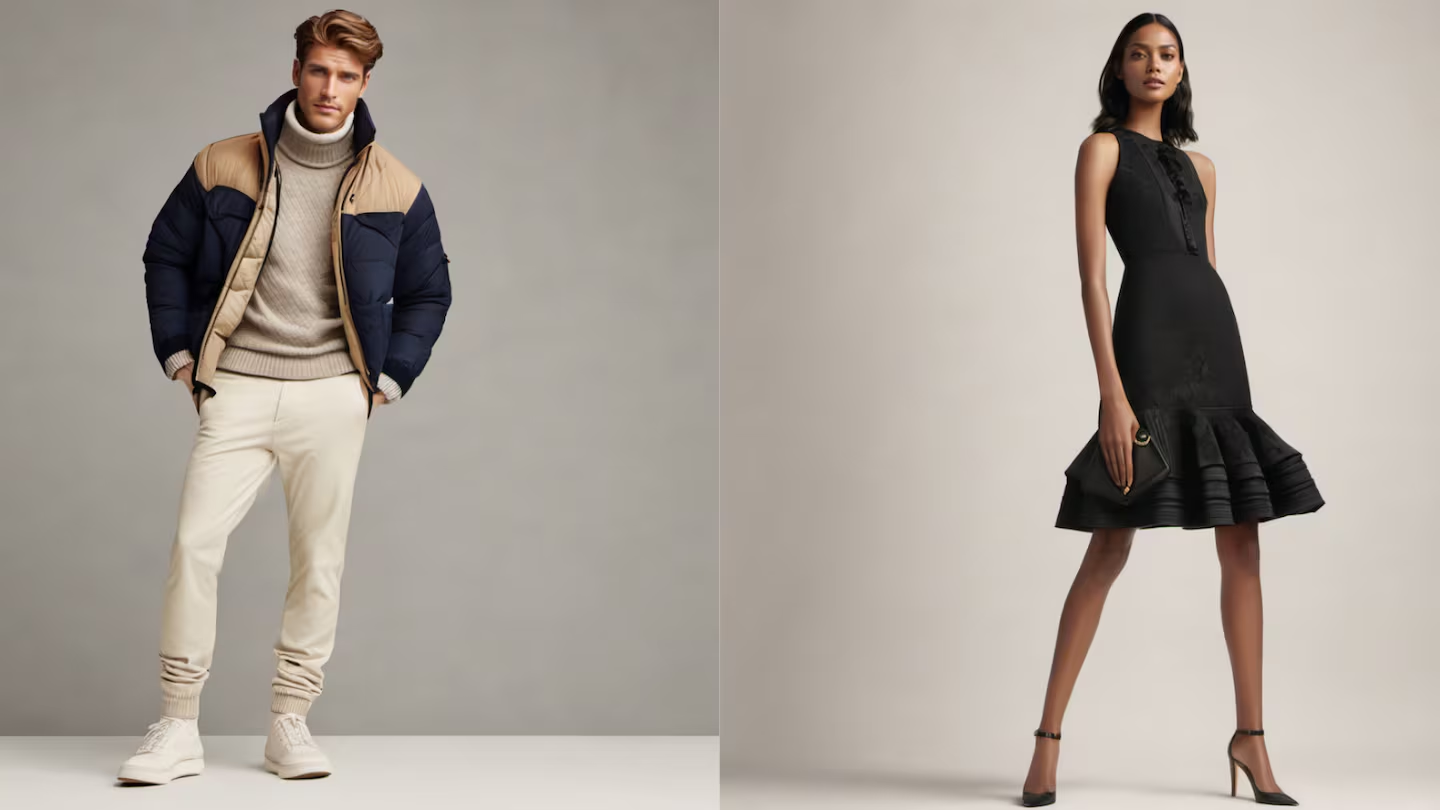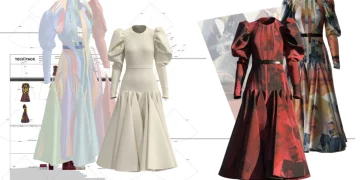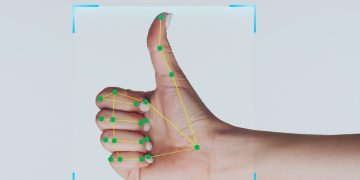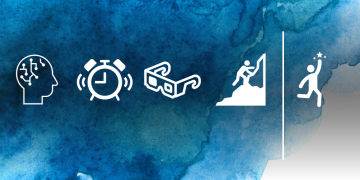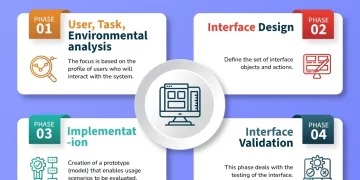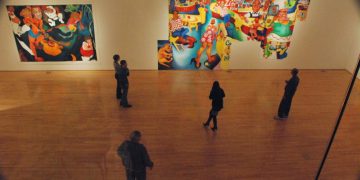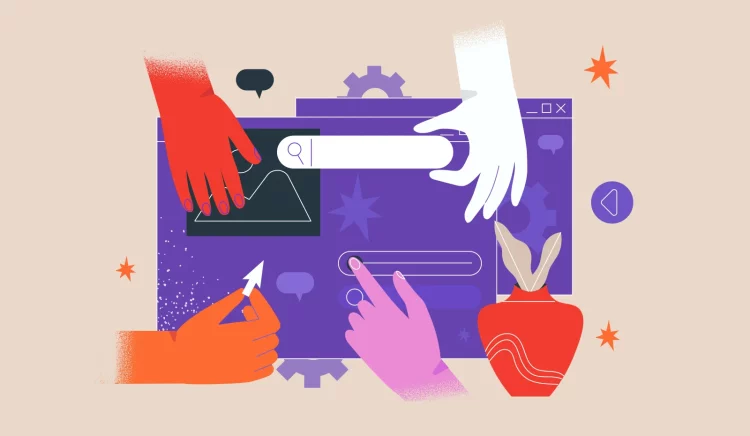In the digital age, user experience (UX) isn’t just a buzzword—it’s the heartbeat of any successful product. From the tactile satisfaction of sliding a smartphone screen to the cognitive delight of a perfectly organized website, designer features directly shape how we interact, feel, and respond to digital products. But what are these designer features, and how do they influence UX on a psychological, emotional, and functional level? Let’s dive deep into the intricate dance between design and user experience.
1. The Anatomy of Designer Features
Designer features encompass the elements of a product that influence aesthetic appeal, usability, and functionality. They are the choices made by designers to create experiences that are intuitive, engaging, and efficient. These features range from visible elements like color schemes, typography, and button placements to subtle interactions like animations, microinteractions, and feedback cues.
1.1 Visual Design
Visual design is often the first touchpoint of UX. Color, contrast, and typography communicate meaning, set the mood, and guide attention. For instance, red often conveys urgency or warning, while blue suggests trust and calmness. Typography shapes readability and hierarchy; a well-chosen typeface can make navigation effortless or hinder comprehension.
1.2 Interactive Design
Interactivity determines how a user engages with a product. It includes clickable buttons, hover effects, scroll animations, swipe gestures, and drag-and-drop features. Smooth interactions not only improve usability but also trigger positive emotions, reinforcing a user’s attachment to the product.
1.3 Functional Design
Functionality is the backbone of UX. Features like search bars, filters, navigation menus, and personalized recommendations enhance task efficiency. A highly functional feature set allows users to achieve their goals without friction, which translates to satisfaction and loyalty.
2. Psychology Behind Designer Features
Designer features are not merely decorative—they tap into cognitive psychology to influence perception and behavior.
2.1 Gestalt Principles in UX
The Gestalt principles—such as proximity, similarity, closure, and continuity—help users make sense of complex information. For example, grouping related buttons together signals functionality, while consistent spacing and alignment reduce cognitive load, making interfaces easier to scan.
2.2 Emotional Design
According to Don Norman, emotional design operates on three levels: visceral, behavioral, and reflective.
- Visceral design triggers immediate emotional responses through visuals and aesthetics.
- Behavioral design influences usability and functionality, shaping how efficiently users can perform tasks.
- Reflective design appeals to a user’s personal or cultural values, fostering long-term attachment.
2.3 Microinteractions: Delight in Details
Microinteractions—small animations or feedback loops—create moments of delight. Think of a “like” animation on social media or a subtle vibration when toggling a switch. These tiny gestures communicate system status, provide reassurance, and humanize technology.

3. Usability and Accessibility: Designer Features in Action
A beautifully designed interface is useless if it’s hard to use or inaccessible. Designer features must prioritize usability and inclusivity.
3.1 Intuitive Navigation
Navigation features, like sticky menus, breadcrumb trails, and predictive search, guide users through content effortlessly. Clear pathways reduce frustration and enhance task completion rates.
3.2 Responsive and Adaptive Design
With devices ranging from smartphones to ultra-wide monitors, responsive design ensures consistency and functionality across platforms. Adaptive design further personalizes the experience based on context, device capabilities, or user preferences.
3.3 Accessibility Considerations
Inclusive design ensures users with disabilities can fully interact with a product. Features like screen reader compatibility, keyboard shortcuts, alt text, and high-contrast modes enhance usability and reflect ethical design practices.
4. Storytelling Through Design
Designer features can turn mundane interfaces into compelling narratives. Storytelling in UX involves using visual cues, progressive disclosure, and interactive journeys to guide users. For example, onboarding flows in apps often combine illustration, animation, and microcopy to communicate the product’s value while engaging users emotionally.
4.1 Visual Hierarchy
Visual hierarchy, achieved through size, color, contrast, and placement, directs attention to key actions or information. It tells users “what to do first” without requiring conscious thought.
4.2 Narrative Flow
Designers often craft experiences that mirror story arcs: introduction, engagement, climax, and resolution. Consider fitness apps that track progress or game apps with level-based achievements—both turn interaction into a journey.
5. Personalization and User Empowerment
Personalized experiences enhance relevance and satisfaction. Designer features like adaptive dashboards, content recommendations, and customizable layouts make users feel seen and understood.
5.1 Predictive Features
AI-driven features like predictive text, smart search, and automated suggestions reduce effort and increase efficiency. These subtle enhancements demonstrate that the system “knows” the user, strengthening loyalty.
5.2 User Control
While automation is powerful, users value control. Features such as adjustable settings, undo actions, and preference toggles empower users, making them feel confident and secure in their interactions.
6. The Role of Motion and Animation
Motion is a powerful design tool, influencing perception, guiding attention, and adding emotional depth.
6.1 Functional Motion
Functional animations indicate system status—like loading spinners, progress bars, or confirmation checkmarks. They reassure users that their actions are recognized and processed.
6.2 Delightful Motion
Delightful animations, such as playful transitions or hover effects, create a memorable, enjoyable experience. They enhance engagement and reinforce brand personality without compromising usability.

7. Case Studies: Designer Features in the Wild
Examining real-world examples helps illustrate how designer features shape UX.
7.1 Airbnb
Airbnb’s interface combines clean visual design, intuitive navigation, and personalization. Features like calendar-based booking, neighborhood guides, and interactive maps reduce friction while enhancing exploration.
7.2 Duolingo
Duolingo leverages gamification, microinteractions, and visual hierarchy to make language learning fun. Animated rewards, progress tracking, and level-based achievements increase user motivation and retention.
7.3 Apple Ecosystem
Apple emphasizes simplicity, motion, and cohesive aesthetics across devices. Subtle gestures, haptic feedback, and consistent visual language create a seamless and emotionally satisfying experience.
8. Measuring the Impact of Designer Features
The effectiveness of designer features is measurable through UX metrics:
- Engagement Metrics: time on site, click-through rates, and repeat visits.
- Efficiency Metrics: task completion rates, error rates, and time to task completion.
- Satisfaction Metrics: Net Promoter Score (NPS), surveys, and sentiment analysis.
These metrics allow designers to iterate features that maximize usability, delight, and loyalty.
9. Future Trends in Designer Features
The intersection of AI, AR/VR, and voice interfaces is shaping the next generation of UX. Designer features will evolve to become more anticipatory, immersive, and adaptive.
9.1 AI-Driven Personalization
AI can dynamically adjust interfaces, content, and workflows in real-time, creating hyper-personalized experiences.
9.2 Augmented and Virtual Reality
Immersive features, like AR overlays or VR environments, transform the way users interact with information and products, requiring new standards for spatial design and motion cues.
9.3 Voice and Conversational Interfaces
Voice-based designer features prioritize clarity, feedback, and context, allowing users to interact naturally without visual interfaces.
10. Conclusion
Designer features are far more than cosmetic additions—they are strategic tools that shape perception, behavior, and satisfaction. From visual hierarchy and microinteractions to personalization and accessibility, every design decision leaves an imprint on the user experience. By understanding the psychology, functionality, and emotion behind these features, designers can craft experiences that are not only usable but memorable, engaging, and delightful.
The future of UX will continue to blur the lines between technology and human experience. Designer features, when executed thoughtfully, ensure that digital interactions feel seamless, intuitive, and joy-inducing, creating products that users not only use but love.


